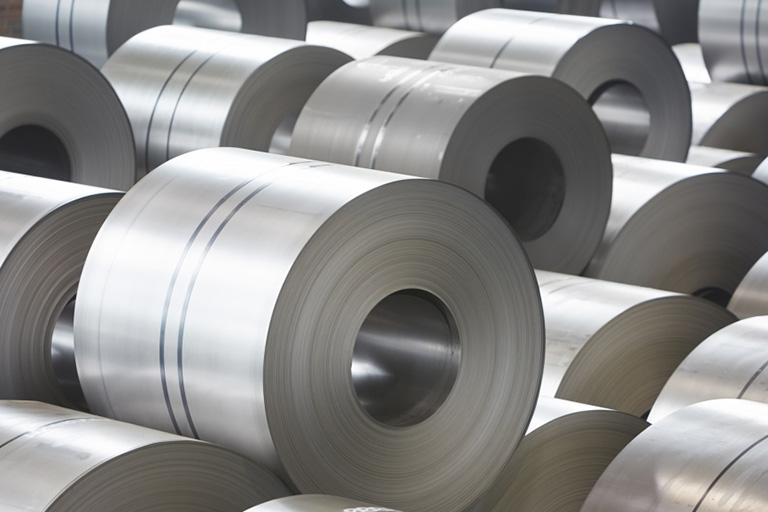With sustainable steel increasingly crucial to meeting the world’s climate targets, manufacturers are turning to wind power to decarbonise production.
Renewable energy technologies are slated to play a key role in the planet’s ongoing efforts to limit the impacts of climate change. However, whether it’s tidal, solar, geothermal or wind, all these renewable energy sources require significant amounts of steel in their manufacture.
Steel is crucial to the transition to a more sustainable economic model, but, as a traditionally carbon-intensive industry, the race is on to lower the environmental impacts of this vital material.
Wind turbine manufacturers and windfarm operators are looking for ways to decarbonise their procurement and help create ‘cleaner’ wind power. Low emission steel offers a way to significantly reduce the carbon footprint of a project, and steel manufacturers are increasingly integrating renewables into their energy mix.
With wind power helping lower the amount of fossil fuels used and the CO2 generated per tonne of steel at suitable sites, there is the possibility of a ‘virtuous circle’ of wind power-produced steel being used to further the transition to renewable energy.
 With the transition to renewables dependent on steel, reducing the sector’s carbon footprint is vital
With the transition to renewables dependent on steel, reducing the sector’s carbon footprint is vital
A wind-powered future for steel?
When it comes to wind-powered steel, location is everything. In South America, Tenaris is looking to invest $190m for the construction of a windfarm in the Buenos Aires province of Argentina. The site in Adolfo Gonzales Chaves is a high wind zone that will power 24 turbines, generating a total of 509GWh electricity production per year.
Expected to become operational in the second half of 2023, the windfarm is planned to supply nearly half of Tenaris’s electricity requirements for its Siderca mill near Buenos Aires. This will reduce CO2 emissions related to steel production there by 152,000 tonnes annually, contributing to Tenaris’ plan of reducing 30% of CO2 emitted per tonne of steel by 2030.
Nearly 9,000km to the north, on the windswept fields of the American mid-west, sits Nucor’s Sedalia micromill which is set to be the first steel plant in the US to run on wind energy.
The steel producer has signed a 10-year contract with Evergy that will mean 55MW of energy from a new $250m windfarm in Kansas being allocated to Nucor’s mill in the adjacent state of Missouri. High wind areas such as this offer an opportunity for any energy-intensive industry that wants to meet ambitious sustainability goals.
In India, steel manufacturer ArcelorMittal is planning a ‘giga-scale’ wind-solar mix that will provide energy 24 hours a day. Backed by a pumped hydro storage project that will help mitigate against the variable power generation of wind, the $600m project will provide continuous power for steel production.
The site is planned for construction in Andhra Pradesh and will provide power to the plant run by ArcelorMittal’s Indian joint venture company with Japanese manufacturer Nippon Steel. More than 20% of the Hazira, Gujarat, steel mill’s electricity will be provided ‘around the clock’, lowering costs and reducing emissions.
As the need for wind power increases, the steel industry is using that very power to lower the carbon footprint of the steel required to meet that need. With whole lifecycle thinking increasingly driving sustainability ambitions, steel production is only set to get less carbon intensive, cheaper and more efficient.
Images: Shutterstock, worldsteel